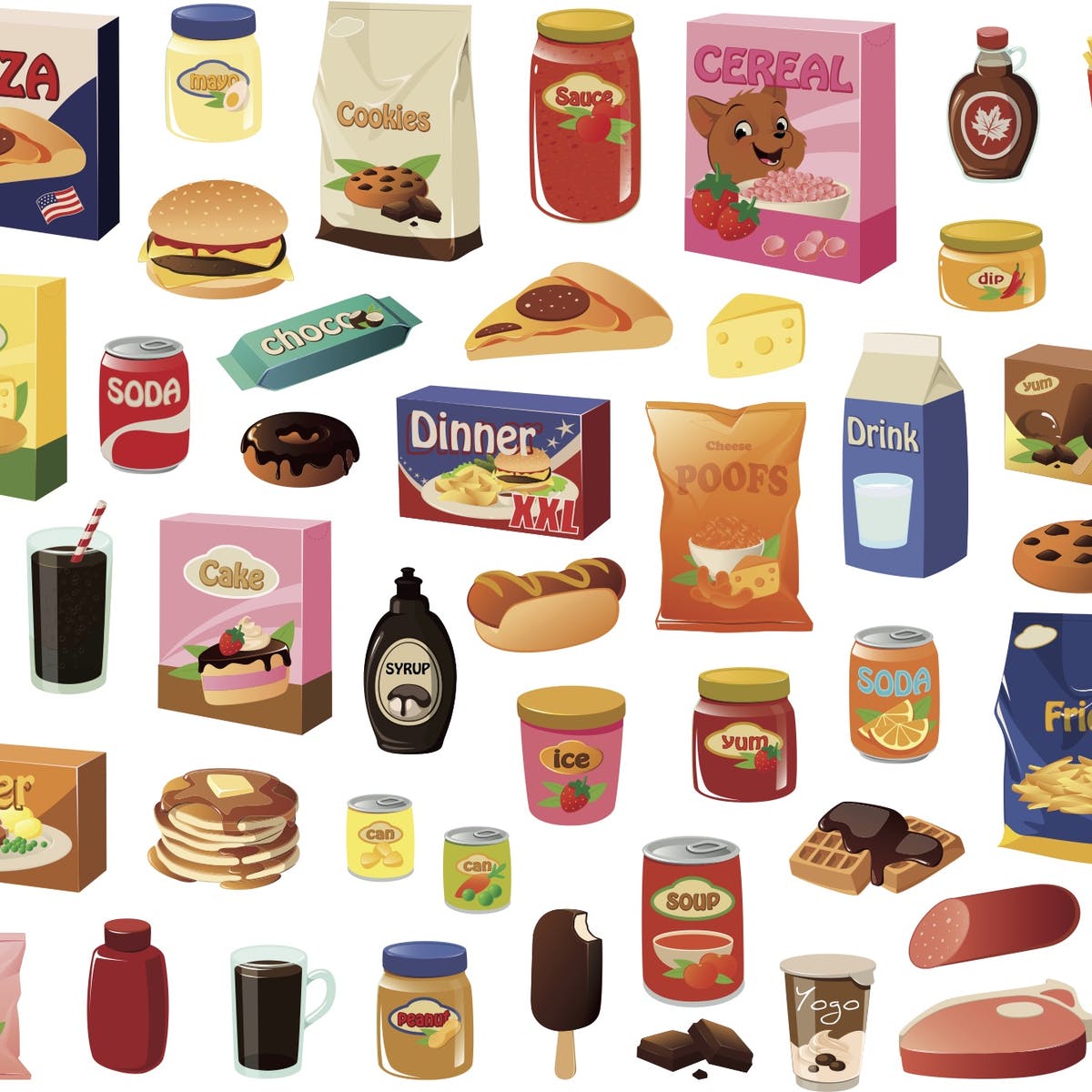By Erin Kukura, MS, RD
UCSD Recreation Dietitian
Photos: Altagracia Art/Shutterstock.com
We are often told to consume less “processed” foods but what does that even mean or look like?
- Processed foods are on a spectrum. The definition by the USDA defines a processed food as “one that has undergone any changes to its natural state.” This includes washing, cleaning, cutting, chopping, cooking, freezing, any other procedure or addition of any other ingredients.
- Essentially any food at the supermarket is then considered “processed.”
- Processing foods is oftentimes necessary to prevent harmful bacteria from growing, help prevent nutrient deficiencies by fortifying foods and to aid in cooking.
- Oftentimes, what we are referring to are “ultra-processed” foods. These foods oftentimes have been stripped of their nutrient dense parts: ie fiber and oftentimes additives, sugar, salt and fats are added to enhance palatability. For example some cereals, fast food, chips, cookies, and sugar-sweetened beverages just to name a few.
- This does not mean we should demonize ultra-processed foods or feel that we have to make everything from scratch. Instead, we can focus on incorporating more whole types of foods such as fruits, vegetables, whole-grains, proteins, and fats into our eating patterns, while also recognizing we live in the real world.
- For example, a processed food like mac and cheese can become more nutrient dense by adding in some frozen broccoli or eating a salad on the side.
- Look at the why. Are you consuming these foods frequently because you do not have a plan when it comes to meals or snacks, lack more nutrient-dense foods on hand, or wait until you are too hungry to eat? If we work on making small changes such as preparing 1-2 more meals from home each week, increasing intake of real foods for snacks, or adding in less ultra-processed protein or fruits and vegetables at most meals we can make sustainable long-term changes, which has greater implications on our overall health.
- A diet that emphasizes whole types of foods is associated with better health outcomes, but it also doesn’t have to mean all or nothing.
Contact Erin at ekukura@ucsd.edu or click here for more information.


